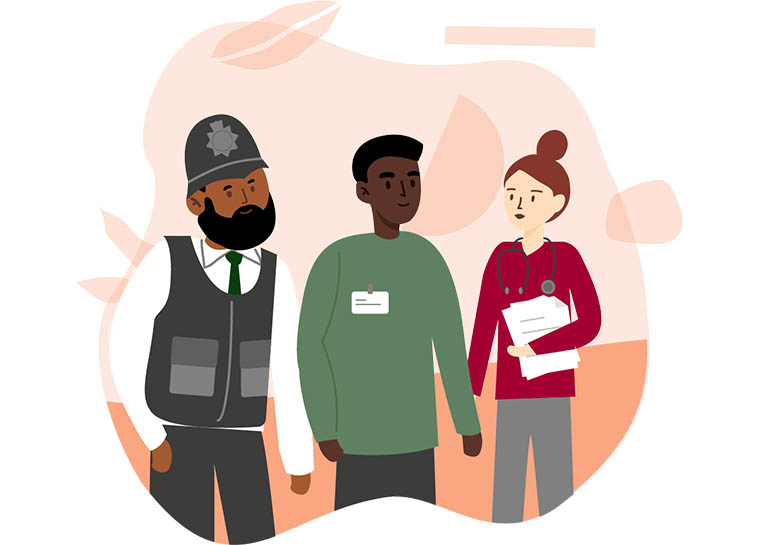
Partnership Resources

Introduction
An effective child protections system responds to the needs and interests of children and families and only works when practitioners are clear about what is required of them individually, and how they need to work together in partnership with others.
Whilst it is parents and carers who have primary care for their children, local authorities, working with partner organisations and agencies, have specific duties to safeguard and promote the welfare of all children in their area. These duties placed on the local authority can only be discharged with the full cooperation of other partners, many of whom have individual duties when carrying out their functions under section 11 of the Children Act 2004.
Under section 10 of the same Act, the local authority is under a duty to make arrangements to promote cooperation between itself and organisations and agencies to improve the wellbeing of local children. This co-operation should exist and be effective at all levels of an organisation, from strategic level through to operational delivery.
The Children Act 2004, as amended by the Children and Social Work Act 2017, strengthens this already important relationship by placing new duties on key agencies in a local area. Specifically, the police, clinical commissioning groups and the local authority are under a duty to make arrangements to work together, and with other partners locally, to safeguard and promote the welfare of all children in their area.
Everyone who comes into contact with children and families has a role to play.
Multi-agency protocols
New protocols or joint working agreements are regularly introduced or reviewed by safeguarding partners as part of the system thinking approach during the case review process. Often they provide a pragmatic solution to improving the co-ordination of responses to specifice themes of safeguarding concerns.
Triennial Analysis of SCRs provided the following examples:
- Systems thinking with regard to these cases included testing a local policy for working with ‘non-compliant’ families to see if it might be used to frame the engagement of young people.
- Strengthening joint working arrangements included drawing on the voluntary sector in recognition of the skills and expertise in methods of engagement they can bring, and a voluntary organisation was commissioned to undertake ‘return home’ interviews when young people go missing.
- An evaluation of practice was undertaken for children subject to police protection which noted the need for improved communication between police and children's social care prior to or at the time of police protection. The report recommended the development of a joint protocol which would promote regular dialogue, joint visits and joint decision making; all issues that are relevant in this case.
- Local protocol supporting early opportunities for pre-birth intervention in the protection of children based on the finding that professionals involved did not consider referring to the Pre-birth Protocol to Safeguard Unborn Babies; had they done so there might have been the opportunity for professionals working with the mother to share information and consider the larger picture when supporting vulnerable mothers.
Examples of multi-agency protocols that have emerged, and continued to evolve through the learning from Serious Case Reviews and more recently Child Safeguarding Practice Reviews are available below.
Files
Useful Resources
The 6th edition of the London Child Protection procedures and guidance is available on this link.
The online procedure manual is organised into the following three areas:
To register to automatically receive notification when this manual is updated, and to receive a monthly newsletter containing articles which may be of interest click here.
